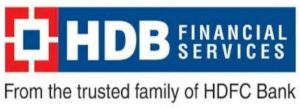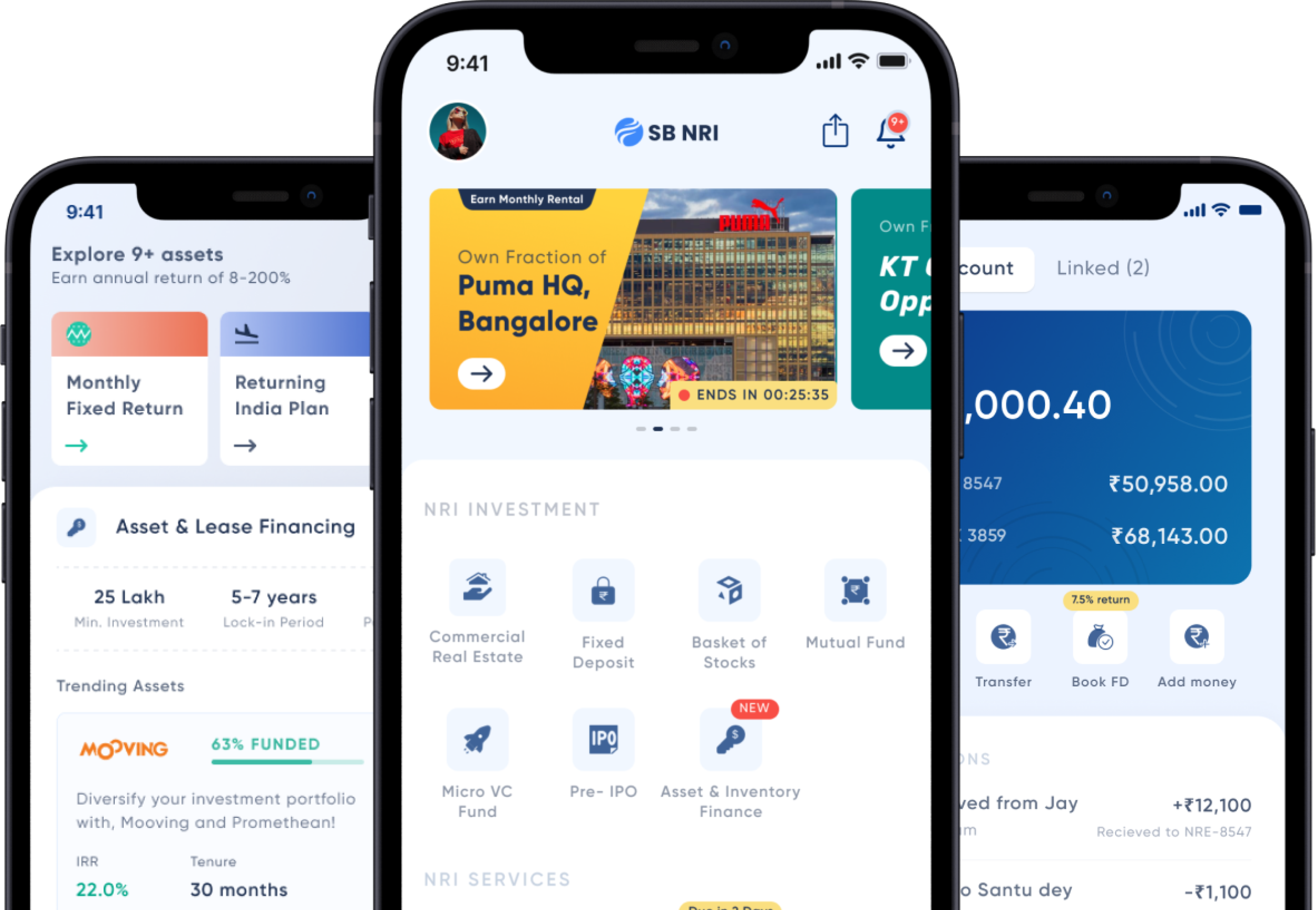HDB Financial Services Unlisted Share
₹650
*Average Price as per 7 May, 2024

Fundamentals
FACE VALUE
10
BOOK VALUE
144.52
NO OF SHARES
791399083
EPS
24.89
SALES
12318.1
INDUSTRY PE
55
DIVIDEND
2
DIVIDEND YIELD
0.19
PE
43.19
PB
7.44
PS
6.91
MARKET CAP
85075.4
EQUITY
791.4
PAT
1969.9
MESSAGE
2022-23
OVERVIEW
Economic :
The Indian economy had already been undergoing a protracted slowdown as stress in financial and real sector fed into each other. The Novel Coronavirus (Covid-19) has cast a long shadow over a much-anticipated mild recovery in the Indian economy in fiscal 2021, with the World Health Organisation (WHO) declaring it a pandemic. Rating agencies, both global and domestic, are unanimous that the Covid-19 pandemic will be an economic tsunami for the world economy. Even though India may not slip into a recession, unlike the Eurozone, the US, or Asia-Pacific that have stronger trade ties to China, it is expected that the impact on India’s GDP growth would be significant. The Asian Development Bank (ADB) has projected India’ growth to slow down to 4% for the financial year 2020-21. It is expected that India’s gross domestic product growth to strengthen to 6.2% in FY22, boosted by government reforms.
Given the spread of the virus worldwide, the impact on the economy will not be limited to just the slowdown in demand from China, but also as a result of lower demand from other affected regions. India’s goods trade dependency on affected countries is significant: Eurozone, China, and rest of Asia Pacific - which are facing at least 200 bps hit to their growth forecast so far – account for ~48% of India’s exports and ~50% of imports. Growth slowdown in these regions is likely to impact India’s trade and thereby growth.
It is anticipated that domestic demand will rebound strongly once the lock downs are lifted and full economic activity resumes. The decline in oil prices is likely to moderate the foreign exchange outgo on the back of higher spending by the government to revive growth.
During the year, the government has taken several steps to lift growth, including a cut in corporate tax rates, a real estate fund for stressed housing projects and a national infrastructure pipeline. The Union Budget 2020 has focused on long-term policy direction, agricultural sector, education, infrastructure, healthcare, financial services and improving ease of doing business and better tax governance. There is also a strong message towards gaining people’s confidence and trust through assurance about the stability of the banking system, making proposals like decriminalising specific provisions in the Companies Act, 2013, relooking at other laws, fine-tuning the Contract Act, increasing the deposit insurance and creating a taxpayers’ charter in the statute to prevent harassment.
Industry Structure and Developments :
Defaults by a large NBFC and a HFC in 2018 - 19 continued to cast its shadow on the NBFC sector through the year. The NBFCs witnessed stress in their asset quality during the first half year of 2019-20. The gross NPA ratio of the NBFC sector increased from 6.1 per cent as at end-March 2019 to 6.3 per cent as at end-September 2019. The net NPA ratio, however, remained steady at 3.4 percent between end-March 2019 and end-September 2019. As at end-September 2019, the CRAR of the NBFC sector stood at 19.5 per cent, lower than 20 per cent as at end-March 2019.
As part of response to the economic challenges faced by the industry, RBI has been announcing various measures which will aid in liquidity flow into the system and should give relief to NBFCs.
The importance of NBFCs in credit intermediation is growing, the default by a large NBFC brought the focus on the asset liability mismatches of NBFCs, which poses risks to the NBFC sector as well as the financial system as a whole. To address such concerns, the Reserve Bank introduced the liquidity coverage ratio (LCR) requirement for all deposit-taking NBFCs and non-deposit taking NBFCs with an asset size of ` 5,000 crore and above (constituting 87 per cent of the total assets of the NBFC sector). The new regulation mandates NBFCs to maintain a minimum level of high-quality liquid assets to cover expected net cash outflows in a stressed scenario. NBFCs are required to reach a LCR of 100 per cent over a period of 4 years commencing from December 2020.
Opportunities & Threats :
Over the years, lenders have leveraged data analytics, and data science to offer superior customer experience through new-age underwriting models, seamless partner integration and real-time loan decisions. This offers a good opportunity to NBFCs to diversify their assets by remotely offering products which otherwise required expensive physical distribution.
The NBFCs largely cater to the informal and self-employed borrower segment and thus would face a higher impact due to income volatility at the customer’s end arising by the lock down and disruption caused by Covid-19. The severity would be higher for customer segments whose income is from sectors which are most likely to have longer term impact such as travel, hospitality, etc.
Commercial vehicles sales fell 31% in FY 2019-20 compared to the previous year. Heavy Commercial Vehicle (HCV) sales fell 50% YOY. With effect from April 1, 2020, India moves to BS VI norms for vehicle emissions. This is likely to push up new vehicle prices up by 10 -15%. The silver lining is that the road transport sector is likely to see a quick revival for existing vehicle owners on the back of slower addition of new assets and need to service pent up demand after the lock-down.
The lock-down and consequent changes are likely to throw up new opportunities in public health and remote working. Extensive use of technology tools due to lock down is likely to result in faster adoption of technology in payments and Customer interactions. This will enable lenders to distribute products more efficiently. However, technology is also likely to disrupt traditional business models of some businesses.
On March 27, 2020, RBI announced various measures to address the stress in financial conditions caused by COVID-19. RBI permitted all lending institutions to allow a moratorium of three months on payment of instalments in respect of all term loans outstanding as on March 1, 2020.
In line with the RBI COVID Regulatory Package, the Company offered a moratorium to its customers on loan instalments basis a Board approved policy. In respect of such borrowers to whom the benefit of asset classification was extended consequent to the moratorium, the Company has made provisions on conservative basis for expected credit loss.
INSIGHT
Loan disbursements during the year were 29,853 crore as against 31,654 crore in the previous year. The Assets under Management (AUM) of the Company as at March 31, 2020 increased to 58,832.75 crore from 55,425.16 crore in the previous year. The Company has continued to focus on diversifying its products and expand its distribution to effectively deliver credit solutions to its market.
The markets will continue to grow and mature leading to differentiation of products and services. Companies will have to evolve their customer acquisition and engagement in post COVID economy and financial intermediary will have to find its niche in order to add value to consumers. The Company with the distribution that is built over the years and committed workforce is cautiously optimistic in its outlook for the year 2020-21.
SECONDARY NAME
ISIN
CDSL
NSDL
INDUSTRY
SECTOR (READ ONLY)
SHARE HOLDINGS
| Name of Shareholder | Holdings |
|---|---|
| HDFC Bank Limited | 95.3 % |
| HDB Employees Welfare Trust | 0.33 % |
| HDBFS Employees Welfare Trust | 0.24 % |
| Pl Opportunities Fund | 0.14 % |
NRIs invest Before IPO via SB NRI
We're different. SB NRI is the first of it's kind platform built for NRIs offering digital Investment plans.
Schedule a CallTrusted by 1,000s of NRIs spread across the Globe


